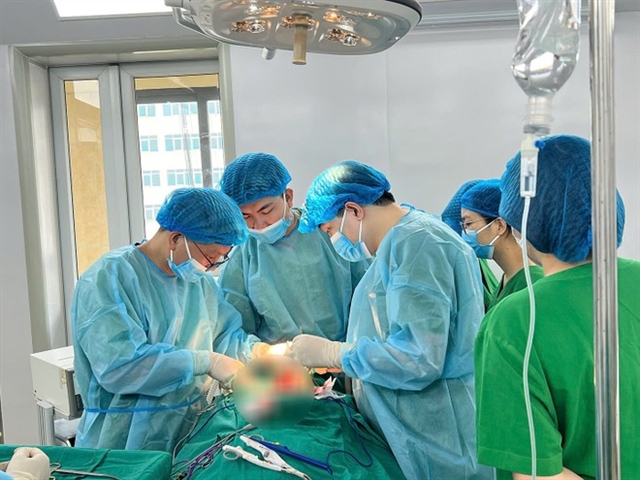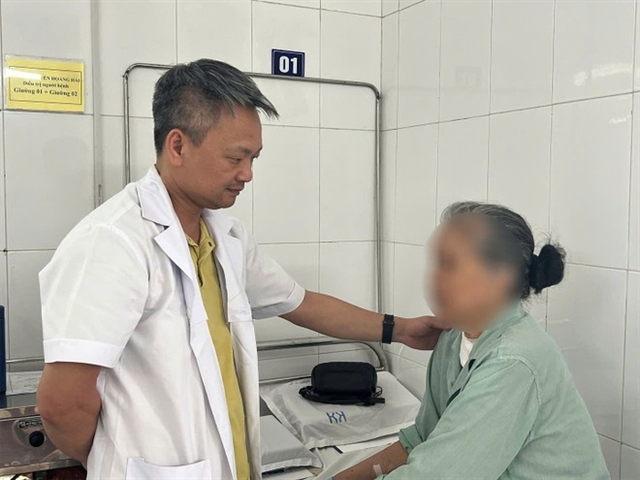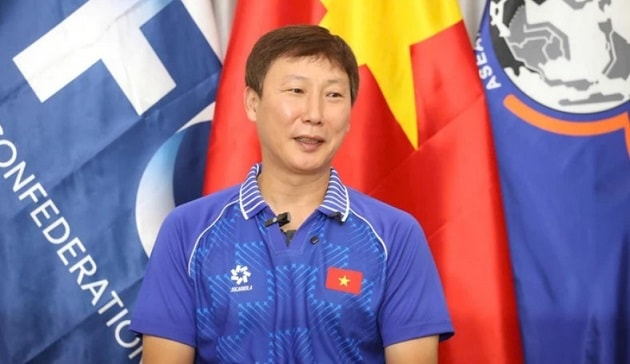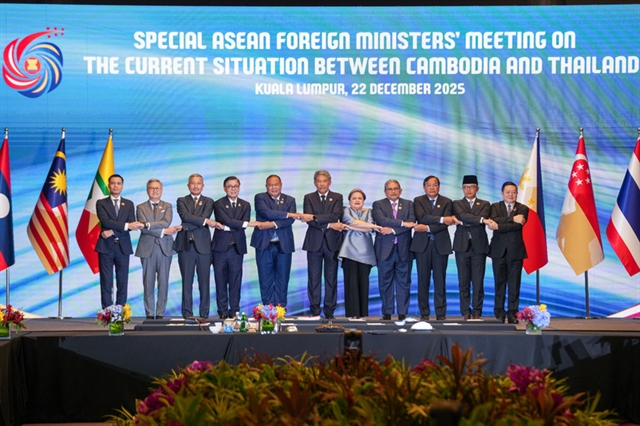 Society
Society


|
| The surgical team performed tumour removal on the patient. — Photo courtesy of the hospital |
HÀ NỘI — The Hà Nội Oncology Hospital on Friday announced that its team of doctors has saved the life of a 72-year-old woman with heart failure and a rare tumour.
The patient is T.T.D., from the former district of Thường Tín, Hà Nội, who had thyroid surgery in 2007 and was periodically monitored with a diagnosis of a benign tumour. For the past 10 years, the patient has been treated for stage III heart failure and has been taking medication prescribed by the Hà Nội Heart Hospital.
The patient was hospitalised in critical condition because the thyroid tumour grew rapidly, severely compressing the trachea and oesophagus.
Previously, she noticed a tumour in her neck that was gradually growing larger, which sometimes caused mild difficulty in breathing. She went to the doctor but did not receive any treatment.
Two days before admission, the patient had progressive difficulty swallowing and wheezing. Her airway was only 2mm wide at its narrowest point, causing difficulty breathing and forcing him to sit up to sleep.
Doctors determined that the patient had a 6x8cm right thyroid lobe tumour located between the posterior oesophagus and pressing on the anterior membrane of the trachea.

|
| Three days after the surgery, the patient can breathe, eat and live normally again. — Photo courtesy of the hospital |
CT scan results showed that the tumour severely compressed the trachea and oesophagus, causing anatomical deformation. Notably, the patient's trachea was displaced 2cm to the left, collapsed and easily constricted, making access and dissection risky. The tumour was highly vascularised, with a high risk of bleeding during and after surgery.
Dr Đàm Trọng Nghĩa, head of the hospital’s Head and Neck Surgery Department, said that this was a benign tumour but was located in a very rare and complicated position.
During the three-hour surgery, the surgical team had to 'go upstream', following the deformed anatomical structure to reach the tumour. Doctors had to control the blood vessels, stop the bleeding and carefully remove the entire tumour. The patient did not have to have a tracheotomy, which often happens in similar difficult cases.
After surgery, the patient continued to be sedated and put on a ventilator for treatment and care in the intensive care unit. After only three days, she was able to breathe, eat and live normally again.
The successful surgery not only saved the patient's life but also confirmed the professional competence and high sense of responsibility of the medical team of the Hà Nội Oncology Hospital. — VNS




